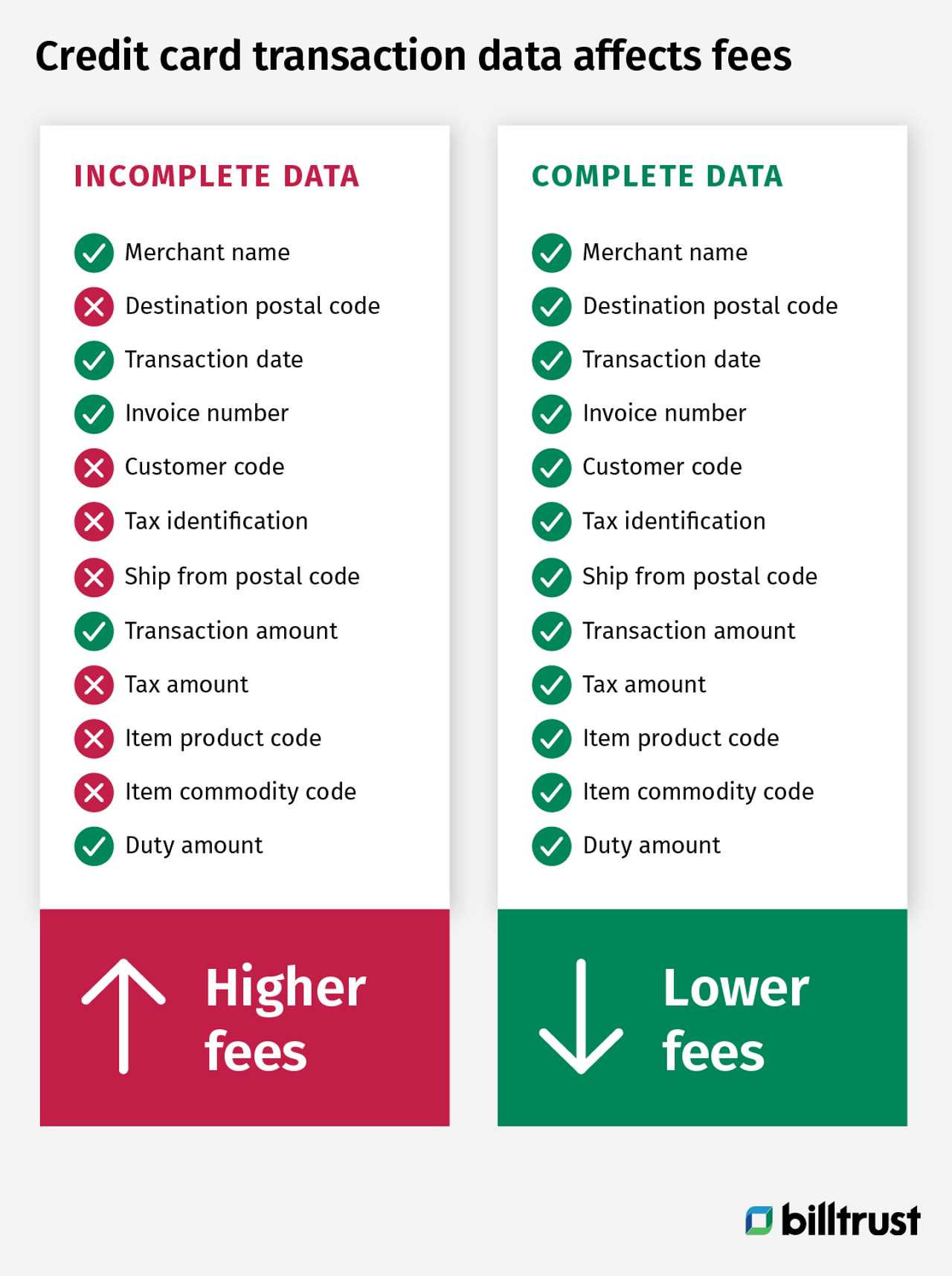What is a business payments network?
Blog | October 13, 2020
Reading time: 5 minA business-to-business payments platform can automate financial transactions between buyers and suppliers.
A business-to-business payments platform can automate financial transactions between buyers and suppliers.
A B2B payments network (also often referred as a digital payments network) is a business-to-business payments platform that automates financial transactions between buyers and suppliers. Business payments networks focus on electronic payments, which include ACH, wire and credit card payments.
Business payments networks exist because the current B2B payments ecosystem is full of inefficiencies. Paper checks are still a dominant form of B2B payment, recently found to still make up 33% of B2B payments. That’s even though paper checks are subject to manual processing and delayed transit time via the postal system (which imposes costs of its own, too). Electronic payments are growing in use, but they face several challenges we’ll explore below.
Paper checks still make up to 33% of B2B payments.
As AR teams attempt to cope with the relentless imposition of AP portals that’s been dictated by their customers, they’re finding that managing this move to electronic invoicing can be a costly and frustrating one. That’s because they’re being weighed down by outmoded processes that result in accumulating costs and risks, even when dealing with electronic payments. What are some of these?
Let’s dive into some of the primary issues that confront AR teams trying to manage electronic payments without the benefit of digital payments networks.
ACH payments and wire transfers are fast, low-cost forms of electronic payment. But they pose a major problem to accounts receivable teams. When an ACH or wire transfer is transmitted to a supplier, it does not come with enough information about the transaction to reconcile the payment and enable cash application.
In order to apply the received funds, the supplier’s AR team needs remittance data that indicates who is making the payment and what invoice(s) the funds are meant to pay off.
This remittance data is often transmitted separately, either in an email or a web portal. In order to retrieve the data and apply the cash, an AR professional must retrieve the remittance data manually, slowing the process and taking up resources.

ACH and wire transfer payments are often transmitted without remittance data. It’s then up to the buyer to send remittance data about the payment to the supplier separately. This data is commonly sent via email or a web portal.
A digital payments network like Billtrust’s Business Payments Network uses intelligent automation to retrieve remittance data from emails and web portals, standardize and consolidate it and transmit it to a supplier’s system of record.
From there, the supplier can utilize the easily accessible remittance data to accurately apply the funds received to open invoices – quickly realizing cash flow for the business, while also enjoying a greater degree of visibility and predictability about that cash flow.
Credit card payments generally come with remittance data attached, avoiding one of the challenges of electronic payments. But they also come with interchange fees which can be difficult to control and cut into the supplier’s margins.
Many businesses feel pressured to accept credit card payments because that is their buyers preferred form of payment, but they have difficulty controlling the fees.

A digital payments network such as Billtrust’s Business Payments Network can help lower the interchange fees that suppliers must pay to accept electronic payments. It does this by processing credit card payments with higher levels of data.
Credit card processing is categorized by three levels of data: 1, 2 and 3. Each level describes a certain amount of information about the payment. Level 1 includes the least information and Level 3 the most.
Card transactions submitted with Level 2 and Level 3 information can command lower interchange rates because credit card issuers have more confidence in the transaction being legitimate. But it can be challenging for many businesses to submit Level 2 and Level 3 data with each transaction.
Billtrust’s Business Payments Network can help businesses process their transactions with higher levels of data, lowering their interchange fees.
In evaluating whether or not to join a digital payments network solution for your enterprise, there are some key considerations to keep in mind:
Business payments networks are a new technology, so you may still hear them spoken of as digital payments networks or even as business payments services or business payments solutions. Regardless of the nomenclature, the best of these, like Billtrust’s Business Payments Network, are invaluable for solving the electronic payments challenges of a modern AR team.
If you would like to learn more about Billtrust’s Business Payments Network, developed in collaboration with Visa, fill out the contact form.